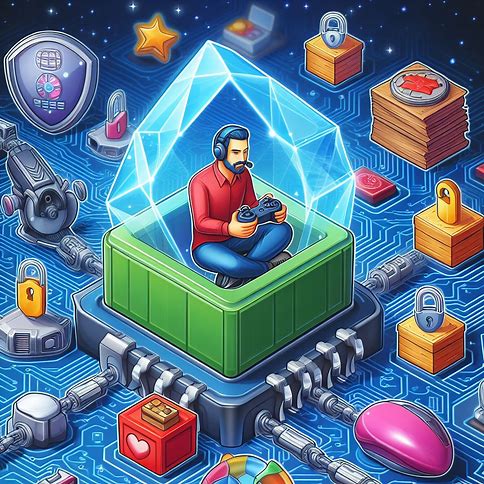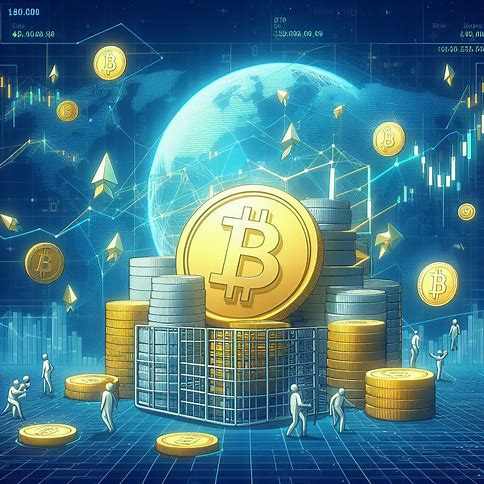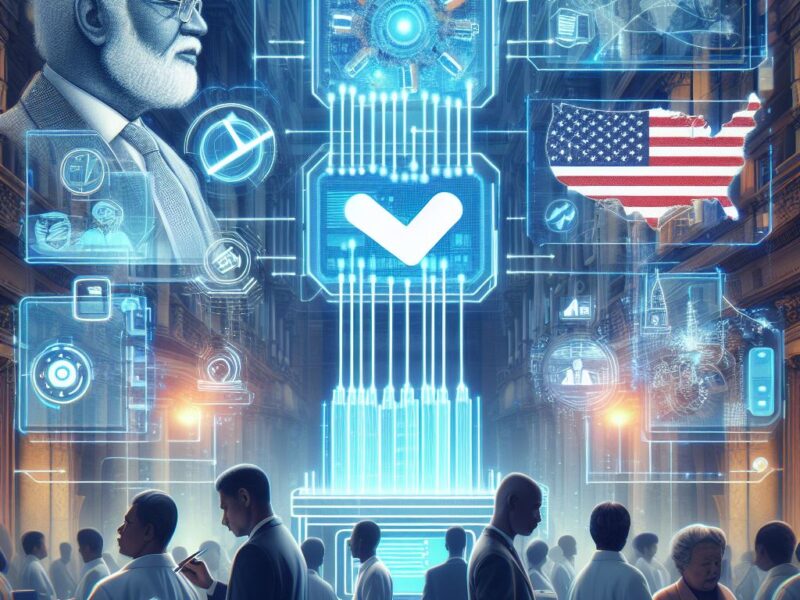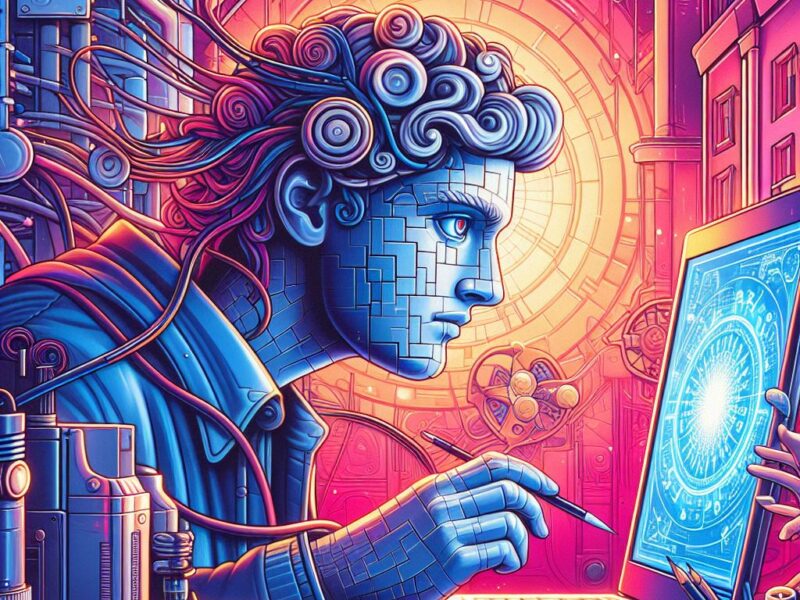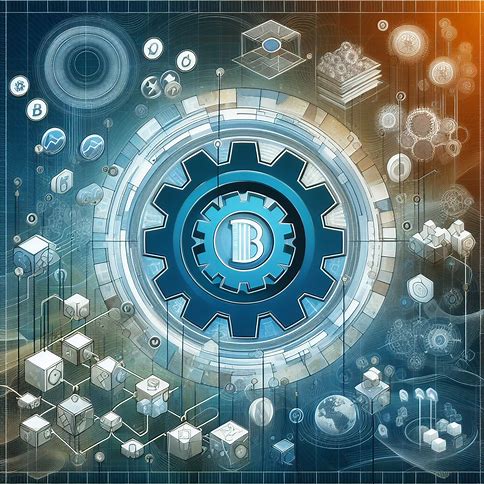Blockchain is a decentralized, immutable ledger technology that enables secure, transparent, and tamper-proof record-keeping and value transfer. Today, Blockchain technology has improved the gaming industry, offering new possibilities for how games are designed, played, and monetized.
Gaming has grown into a massive global industry that generates billions of dollars in revenue and engages millions of players around the world. In this post, we will explore some of the uses of blockchain technology in gaming.
Jump To
ToggleEnabling True Ownership of In-Game Assets
One of the most immediate applications of blockchain in gaming is the ability to create true, verifiable ownership of in-game assets. In traditional gaming models, any virtual items or currencies that players acquire are ultimately controlled by the game developers. If the game shuts down or the developers decide to alter the items, players can lose access to their hard-earned digital goods.
Blockchain changes this dynamic by enabling the creation of unique, indivisible, and immutable tokens that represent ownership of specific in-game assets. These tokens, known as non-fungible tokens (NFTs), can be bought, sold, and traded just like physical collectibles, and their ownership and provenance can be tracked on the blockchain.
One of the pioneering examples of NFTs in gaming is CryptoKitties, a blockchain-based game that allows players to collect, breed, and trade unique digital cats. Each CryptoKitty is represented by an NFT on the Ethereum blockchain, which means that players have true ownership of their kitties. They can sell them for real money, use them as collateral for loans, or even pass them down to their digital heirs.
Since the success of CryptoKitties, a growing number of blockchain games have emerged that utilize NFTs to represent all sorts of in-game assets, from weapons and armor to virtual real estate and even entire planets. Some notable examples include: Gods Unchained, Decentraland, and Axie Infinity.

Powering Decentralized Gaming Economies
Another major application of blockchain technology in gaming is the creation of decentralized in-game economies. In traditional gaming models, in-game economies are typically controlled by the game developers, who determine the supply, distribution, and value of virtual currencies and assets. This centralized control can lead to issues like inflation, unfair advantages for certain players, and a lack of transparency and trust.
Blockchain offers a different model, where in-game economies can be built on decentralized, transparent, and auditable rules. By using blockchain-based tokens as in-game currencies, developers can create economies with fixed supplies, predictable emission schedules, and clear monetary policies. Players can trust that the rules of the economy will be enforced by the blockchain, rather than being subject to the whims of the developers.
One of the most successful examples of a blockchain-powered gaming economy is the Enjin ecosystem. Enjin is a blockchain platform that allows developers to create and manage fungible and non-fungible tokens for their games. These tokens can be used as in-game currencies, tradable assets, or rewards for player achievements.
Some notable games and projects built on the Enjin platform include: The Six Dragons, War of Crypto, and Effinity. Other blockchain platforms, like WAX and Ultra, are also enabling the creation of decentralized gaming economies with their own unique features and ecosystems
.
Revolutionizing Game Monetization and Player Rewards
Beyond in-game assets and economies, blockchain is also enabling new models for game monetization and player rewards. Traditionally, games have relied on models like one-time purchases, subscriptions, or microtransactions to generate revenue. While these models can be effective, they often create misalignments between the interests of players and developers, and can lead to issues like pay-to-win mechanics and player exploitation.
Blockchain offers alternative monetization models that can better align the incentives of players and developers, while also rewarding players for their contributions and engagement. One such model is the play-to-earn (P2E) approach, where players can earn real-world value by participating in in-game activities and competitions.
One of the most successful examples of a P2E game is Axie Infinity, a Pokémon-inspired battle game where players collect, breed, and battle unique creatures called Axies. Players can earn SLP (Smooth Love Potion) tokens by completing daily quests, battling other players, and contributing to the Axie ecosystem. These SLP tokens can then be traded on cryptocurrency exchanges for other cryptocurrencies or fiat money.
What is remarkable about Axie Infinity is the scale and impact of its P2E economy. In countries like the Philippines and Venezuela, where job opportunities are limited and wages are low, some players can earn a living wage by playing Axie Infinity full-time. This has led to the emergence of “Axie scholarships,” where wealthier players will lend out their Axies to other players in exchange for a share of their earnings.
Other notable examples of P2E games include; Gods Unchained, The Sandbox, and Alien Worlds.
Enhancing Game Security and Fairness
Another use of blockchain technology in gaming is in enhancing security and fairness. Cheating, hacking, and unfair gameplay have long been major issues in the gaming world, eroding trust between players and developers and ruining the experience for honest players. Blockchain’s inherent properties of transparency, immutability, and cryptographic security offer new tools for combating these problems.
One way blockchain can enhance game security is through the use of decentralized identity systems. In traditional online games, player accounts are typically stored on centralized servers, which can be hacked or manipulated. With blockchain, player identities can be secured through self-sovereign identity protocols, where players have control over their own private keys and personal data. This makes it much harder for hackers to steal accounts or impersonate other players.
Blockchain can also be used to create more transparent and verifiable game mechanics. In traditional games, the inner workings of game systems like loot drops, matchmaking, and random number generation are often opaque to players, leading to suspicions of manipulation or unfairness. With blockchain, these systems can be implemented as open-source smart contracts, allowing anyone to audit the code and verify that the rules are being followed fairly.
Some examples of how blockchain is being used to enhance game security and fairness include: Sorare, Freeverse and FYX Gaming.
Empowering Player-Driven Governance and Community
In traditional gaming models, players are renters in a world owned and controlled by the game developers. They have little say over the rules, features, or direction of the games they play, and their investments of time and money are ultimately at the mercy of the developers’ decisions.
Blockchain offers a radically different model, where games can be designed as decentralized autonomous organizations (DAOs) that are owned and governed by their player communities. In a DAO model, players can use blockchain-based tokens to propose, vote on, and implement changes to the game, from balancing gameplay mechanics to allocating development resources to distributing profits.
Some examples of how blockchain is enabling player-driven governance and community in gaming include; Decentraland and Merit Circle.
Key Takeaways
- Blockchain technology enables true ownership of in-game assets through non-fungible tokens (NFTs), enabling players to buy, sell, and trade unique digital items in previously impossible ways.
- Decentralized gaming economies built on blockchain can create more transparent, fair, and player-centric economic models, reducing reliance on centralized authorities and aligning incentives between players and developers.
- Play-to-earn models and player reward systems powered by blockchain tokens create new opportunities for players to earn real value from their in-game activities, skills, and contributions.
- Blockchain’s properties of transparency, immutability, and cryptographic security can be leveraged to enhance game fairness and combat cheating, hacking, and fraud in innovative ways.
- DAOs and player-governance models built on blockchain have the potential to fundamentally shift power dynamics in gaming, giving players a real stake and say in the games they play and the communities they are part of.
FAQs
1. What are NFTs and how are they used in gaming?
NFTs, or non-fungible tokens, are unique digital assets that are verified and secured on a blockchain. In gaming, NFTs can represent in-game items, characters, or even virtual real estate, allowing players to truly own and trade these assets in decentralized marketplaces. This creates new opportunities for player investment, scarcity, and creative expression in games.
2. What are some examples of successful blockchain games?
Some notable examples of successful blockchain games include CryptoKitties (a collectible cat breeding game), Axie Infinity (a Pokémon-inspired battle game with a play-to-earn economy), Gods Unchained (a competitive trading card game), and Decentraland (a virtual world with player-owned land and experiences).
3. How can blockchain improve game fairness and prevent cheating?
Blockchain can be used to create more transparent and auditable game mechanics, such as random number generation or loot box probabilities, by encoding these systems into open-source smart contracts. Blockchain-based identity systems can also make it harder for players to create fake accounts or bot armies for cheating purposes. Finally, recording game data and player actions on an immutable blockchain can create a permanent record for detecting and proving instances of cheating or hacking.
4. What are some of the main challenges to blockchain adoption in gaming?
Some of the key challenges include scalability limitations of current blockchain networks, which can lead to high transaction costs and slow confirmation times; user experience friction around cryptocurrency wallets, gas fees, and other technical concepts; and regulatory uncertainty around the legal status of blockchain-based game assets and currencies.
5. What impact could blockchain have on game monetization and player rewards?
Blockchain enables new monetization models like play-to-earn, where players can earn real-world value (in the form of tokens or NFTs) by playing and contributing to a game. This can create more equitable and player-centric reward systems, as opposed to traditional models that primarily benefit the game publishers. Blockchain also enables the creation of secondary markets for in-game assets, allowing players to monetize their investments and achievements.
6. How can players get involved with blockchain gaming?
Players can get involved by trying out existing blockchain games, many of which are available on PC or mobile platforms. Some popular gaming dApps (decentralized applications) can be accessed through cryptocurrency wallets like MetaMask or dedicated gaming platforms like The Sandbox or Enjin. Players can also participate in the governance and community-building of blockchain games by joining DAOs, forums, or social media groups related to specific projects. As with any emerging technology, players need to do their research, start small, and be aware of potential risks and scams in the space.
